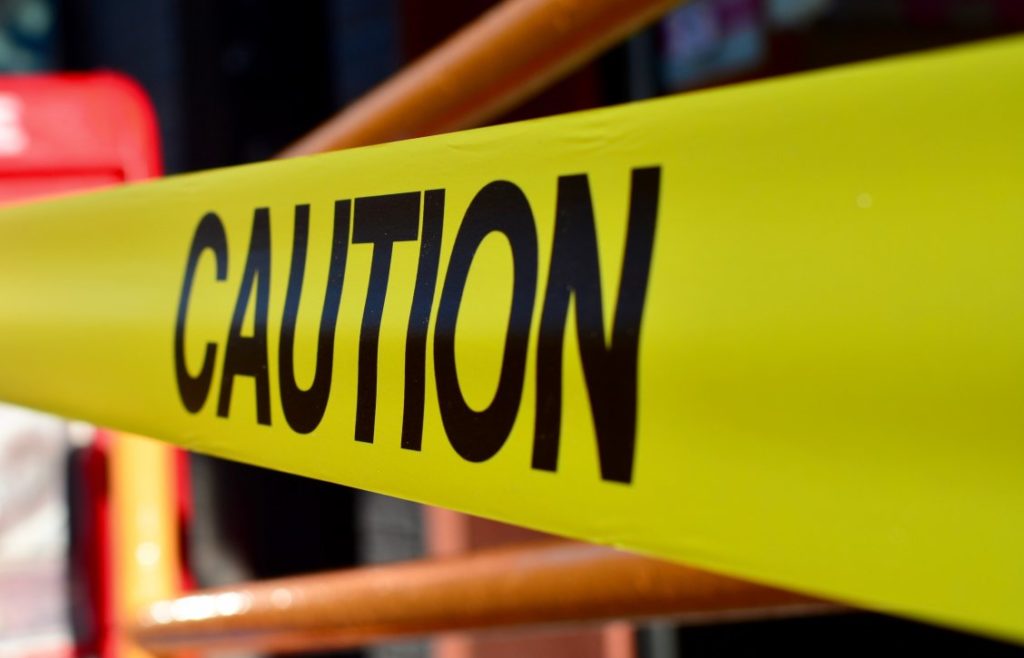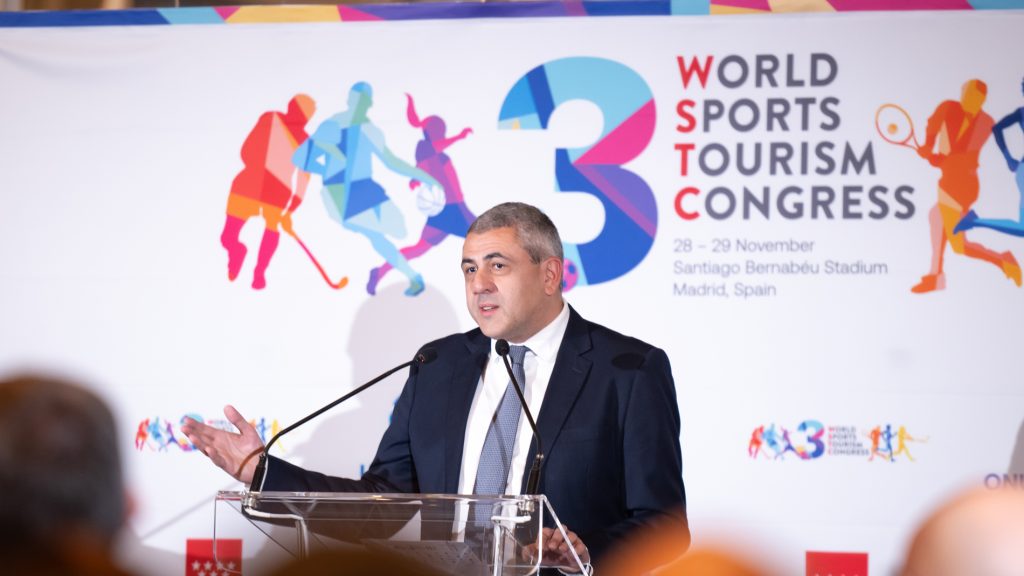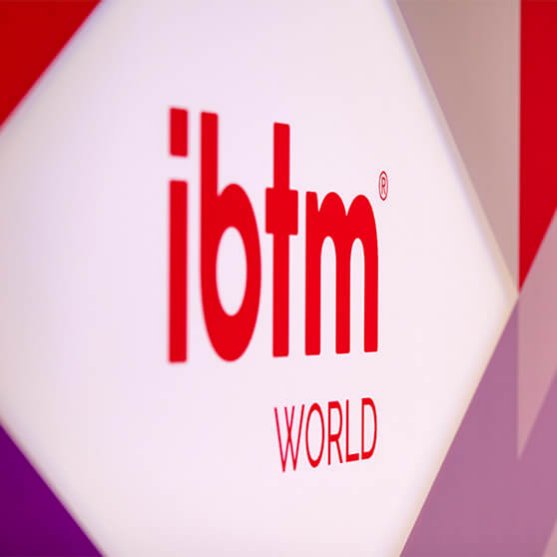
Share news
Listen
According to them, “it should first effectively control risk in order to prevent harm in the first instance, for example, by ensuring all suppliers are adequately assessed and applying a systematic approach to risk identification.
It should then set a clear direction for the business to follow and ensure that it’s supported by the most senior level. This is where communication becomes critical: who are the risks escalated to, who are the decision makers, who is setting the cause of action.
Another key competence is to ensure that all staff are trained on the plans and that competent resources are available to help in undertaking any measures necessary.
In terms of communication it’s also important to provide clients and staff with information on the risks, as well as the preventative and protective measures that should be taken to control them”.
What are the levels of risk at your event?
Look beyond terrorism… Pacific World has segmented the risks based on their level of danger:
Green: includes incidents such as pick pocketing, assault or death by natural causes,
Yellow: includes food positioning en mass, strikes, drownings, balcony falls, bomb threats or coach accidents that have caused serious injury or death of passengers
Orange: covers major natural disasters, aircraft or cruise ship near misses which has caused multiple illnesses or injured parties
Red: large scale incident necessitating the full implementation of the group wide incident management plan.
Case study: risk management at an international conference
Security is high on the agenda, so we asked Pacific World to explain to us a case study. They tell us of a conference they organized in Goa, India, attended by no less than five heads of state. “Having such dignitaries obviously increases the risk and the need to tighten risk management plans even further. Additional health and safety measures were put in place for the event including an onsite medical room with a doctor and nursing team. We also blocked beds in the nearby hospital. Additionally we have conducted events with VIP’s in attendance where we have been required to implement additional measures such as bomb sweeps and detailed mappings of evacuation routes”.
In terms of assessing venues or event locations, the company also used checklists to guide their teams for the areas that needed to be verified, such as:
- Are escape routes free from obstruction (boxes, trolleys etc.)?
- Do emergency doors function correctly (no obvious defects)?
- Are emergency signs displayed and clearly visible?
- Are emergency procedures including buildings plans displayed?
- Is the evacuation assembly point clearly indicated?
- Are stairs free from obstructions, trip hazards and clean?
- Check presence of smoke detectors
- Check location of first aid boxex
- Check fire extinguishers in place and serviced annually











